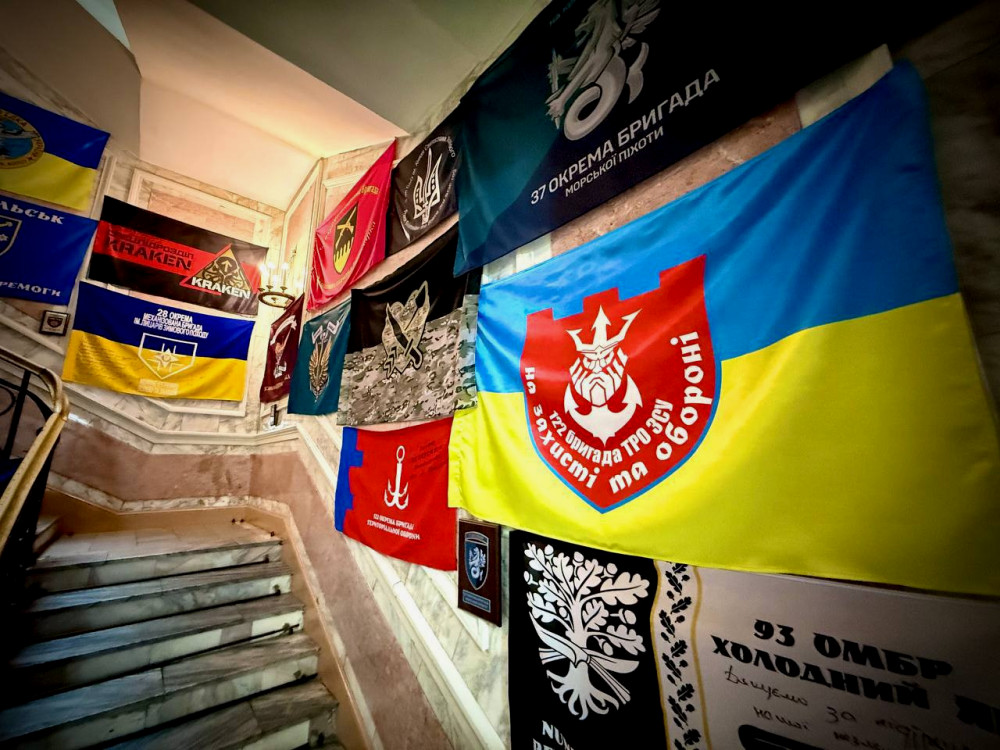Throughout the ongoing conflict, Odesa has been actively supporting the Ukrainian military. From February 24, 2022, to July 1, 2025, the city has allocated 5.5 billion UAH to counter Russian aggression.
The majority of the funding is directed towards supporting the Ukrainian Armed Forces and security measures.
Since October 2023, due to legislative changes, part of the tax revenue from military personnel has been removed from the city budget.
This action ensures over 1 billion UAH annually for centralized procurement of drones and electronic warfare systems.
Despite financial constraints, the Odesa City Council unanimously supports the military, prioritizing units on the front lines.
The largest funding for countering aggression was allocated in 2024 — 2.16 billion UAH. In the first half of 2025, 632.9 million UAH has already been funded, with another 732.7 million UAH planned by the end of the year for military units.
The military has repeatedly expressed gratitude to Odesa for its continuous support, particularly to the Territorial Defense brigades.
Within the framework of the Law of Ukraine on the Basics of National Resistance and the city program for aiding the Territorial Defense, Odesa provided material and technical support totaling over 379 million UAH: vehicles, drones, electronic warfare systems, boats, digital equipment, and more.
In 2025, 91.4 million UAH is allocated for fulfilling requests from any Territorial Defense units. In 2024, nearly 11.4 million UAH was allocated from the city budget to support NGOs that fulfilled requests for electronic warfare systems and drones. Another 50 million UAH is planned for 2025.
The city is also actively developing veteran policies, providing rehabilitation services, creating accessible environments, supporting families of the fallen, and organizing funerals for heroes.
Additionally, one-time assistance is provided to mobilized contractors. Given the ongoing enemy shelling, Odesa also provides residents with material assistance for repairing damaged windows and doors; it restores damaged residential buildings, schools, kindergartens, critical and road infrastructure, and maintains shelters and alert systems while supporting internally displaced persons.










